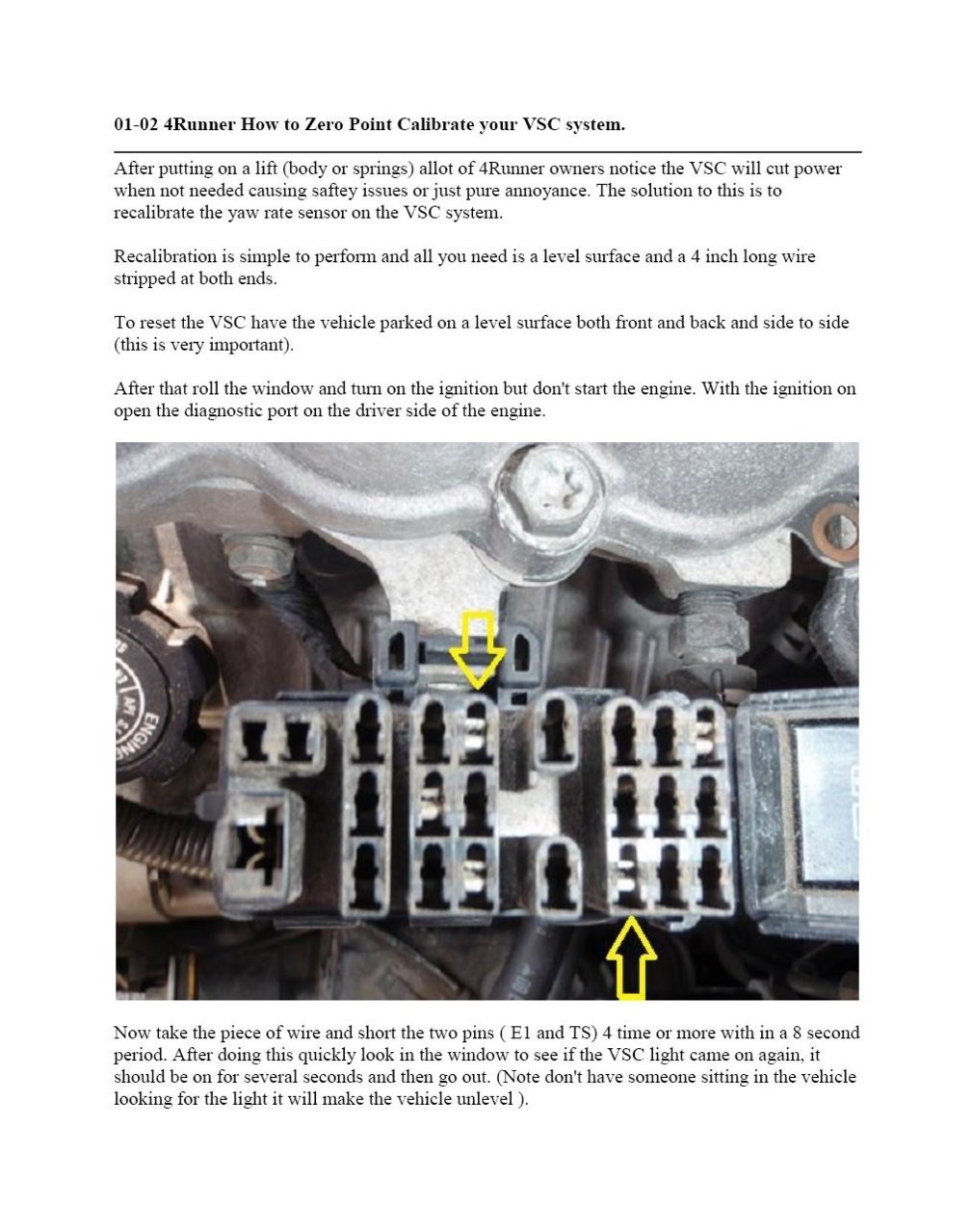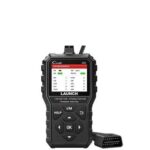Experiencing the Vehicle Stability Control (VSC) light illuminating on your Toyota 4Runner can be concerning. Many owners immediately reach for an OBD2 scanner to diagnose the issue. While an OBD2 scanner is indeed a valuable tool, understanding when and how to use it effectively, especially for older models, is key to resolving your VSC light problem. This guide will walk you through using an OBD2 scanner to address the VSC light, and introduce an alternative method specific to certain Toyota 4Runner models.
The VSC and TRAC (Traction Control) lights often appear together, indicating a potential issue within your vehicle’s stability and traction control systems. These systems are crucial for maintaining control in various driving conditions. When the VSC light is on, it signifies that the system may be disabled or malfunctioning, potentially impacting your vehicle’s handling and safety.
While modern vehicles often allow you to read and clear many codes using a standard OBD2 scanner, some Toyota 4Runner models, particularly those from the early 2000s, may require a different approach for VSC light issues. Simply plugging in an OBD2 scanner might not directly address the VSC light in these older models.
For Toyota 4Runners manufactured around 2001 and 2002, a specific calibration method exists that utilizes the diagnostic port located under the hood, rather than the standard OBD2 port under the dashboard. This method, detailed in resources attributed to “FOG,” involves a unique procedure to recalibrate the VSC system.
This calibration process, performed via the under-hood diagnostic port, has been reported to successfully clear the VSC and TRAC lights on these specific model years. It’s important to note that this method might not be widely documented in standard OBD2 scanner manuals or general repair guides, highlighting the model-specific nuances of vehicle maintenance.
However, even after successfully clearing the VSC light, it’s crucial to understand why it illuminated in the first place. In some cases, the VSC light may reappear. Environmental factors, such as driving in rainy conditions, or underlying sensor issues can trigger the light to come back on. While recalibration can temporarily resolve the light, it’s essential to investigate potential root causes if the issue persists.
If your VSC light returns after clearing it, even with the specific calibration method, consider further diagnosis. Check your ABS sensors for cleanliness and proper function, and inspect wiring for any potential shorts or damage. While an OBD2 scanner might not directly clear the VSC light in older 4Runners, it can still be valuable for reading other related error codes that could provide clues to the underlying problem.
In conclusion, while “Clear Vsc Light With Obd2 Scanner” is a common search query for car owners, Toyota 4Runner owners, especially those with 2001-2002 models, should be aware of alternative methods like the under-hood diagnostic port calibration. Using an OBD2 scanner is a good first step, but understanding your vehicle’s specific needs and potential model-year variations is crucial for effective troubleshooting and maintaining your vehicle’s safety systems. If the VSC light persists, professional diagnosis is recommended to ensure the stability control system is functioning correctly.

